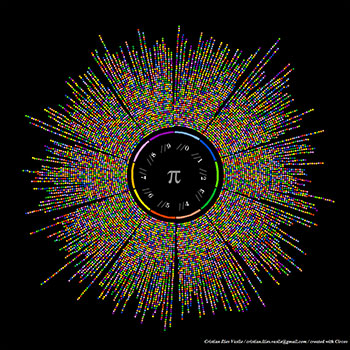How do you find the domain and range of #y=2x^2 - 4x - 5#?
1 Answer
Apr 3, 2018
Ask yourself where the function is defined.
Explanation:
In your case the domain is the whole real ax
Other examples:
- logarithmic functions:
#f(x)=log(x)#
logarithmic functions are not defined for non positive argument so check where the argument is#<=0# .
The range is
-
exponential functions:
#f(x)=e^x#
The domain is#RR# and the range too.
-
trigonometric functions:
#sin(x), cos(x)# : The domain is#RR# , the range#[-1,1]#
#tan(x)# The domain is#RR-{k pi/2}; k in ZZ# , the range is#RR#
Look at the unit circle, the distance between the x-ax and the intersection of the green and blue line is#tan(x)# , where#x# is the angle. If#x rarr pi/2# there is no intersection of the green and blue line, there#tan(x)# is not defined.
Remember that
graph{tan(x) [-5, 5, -5, 5]}

